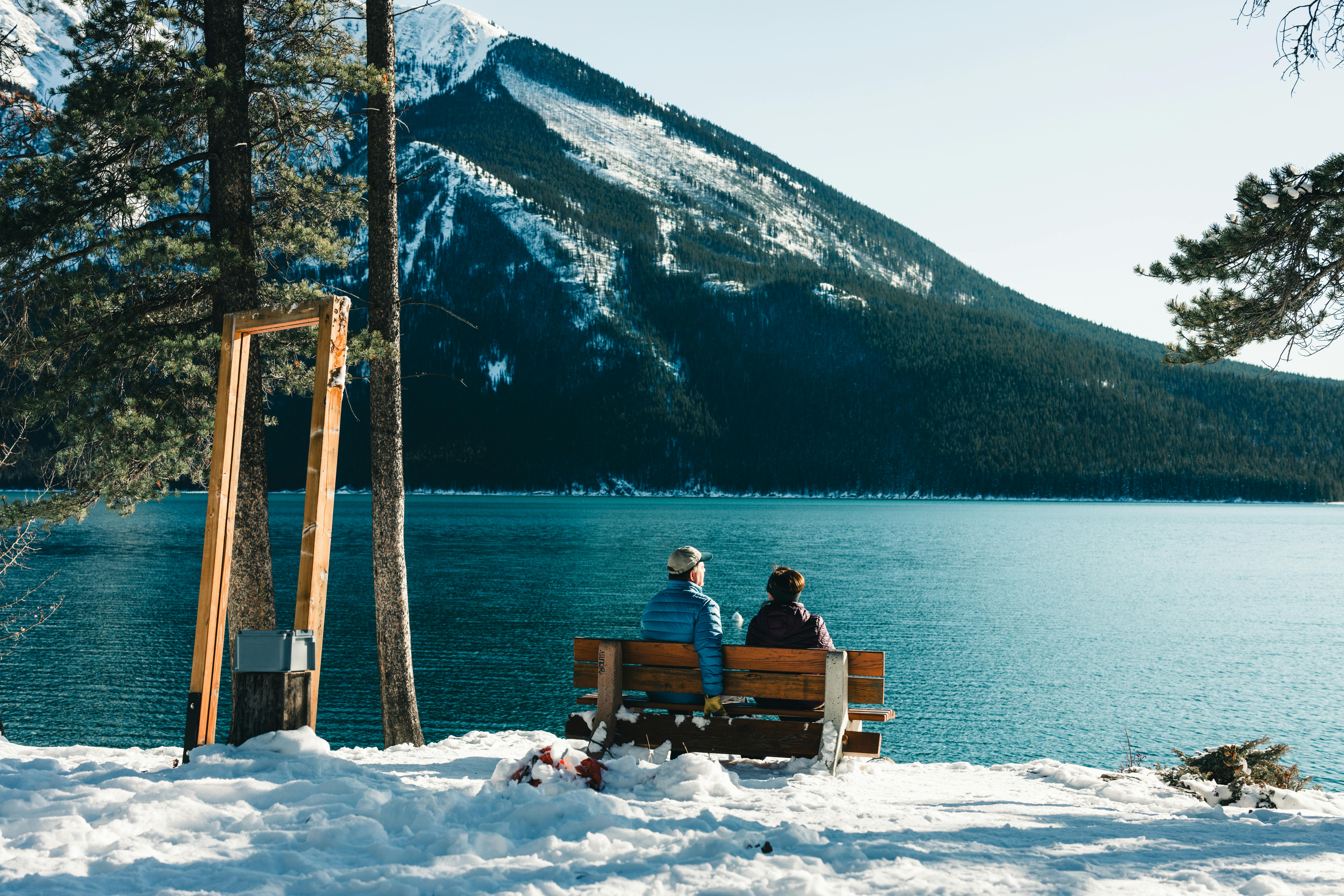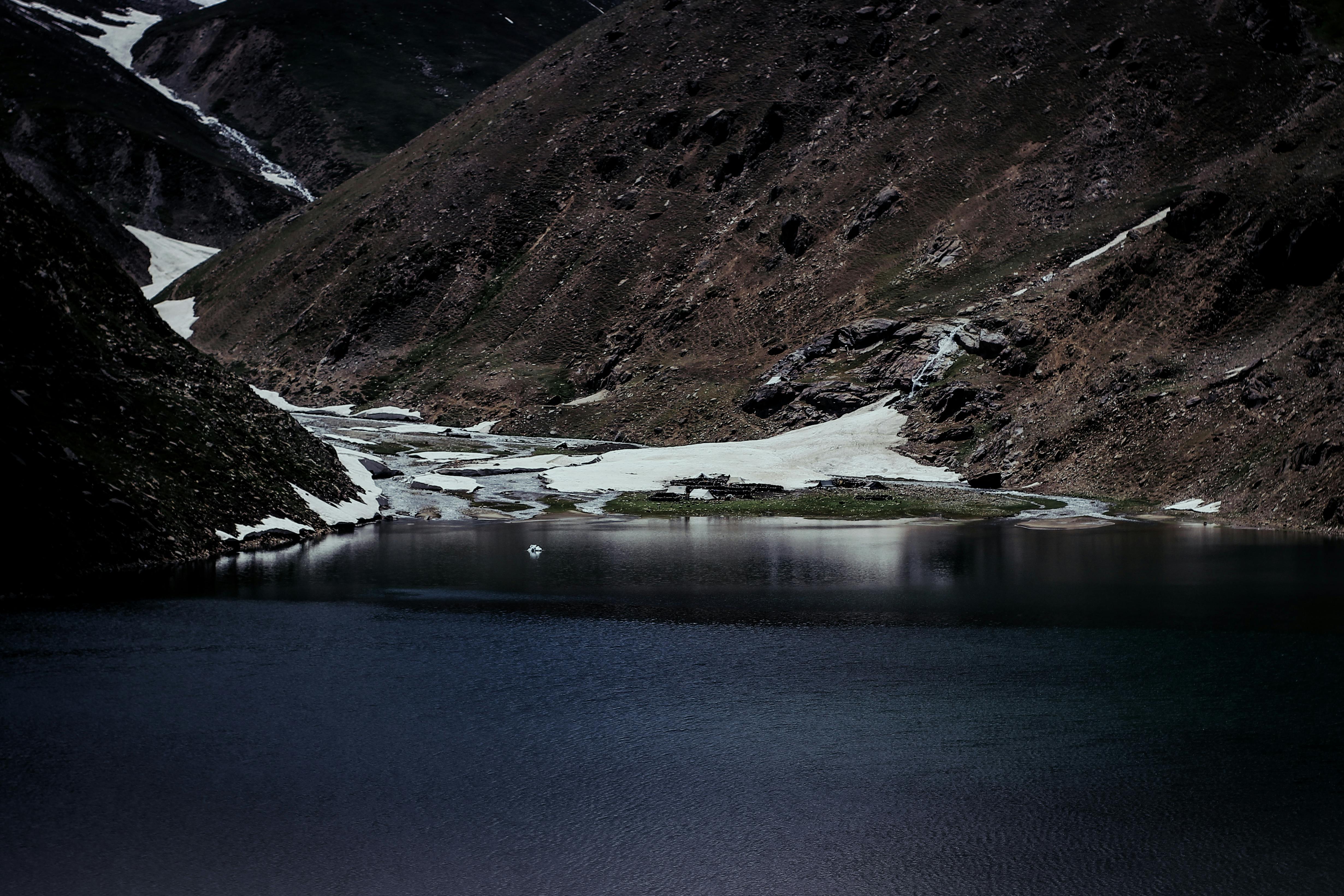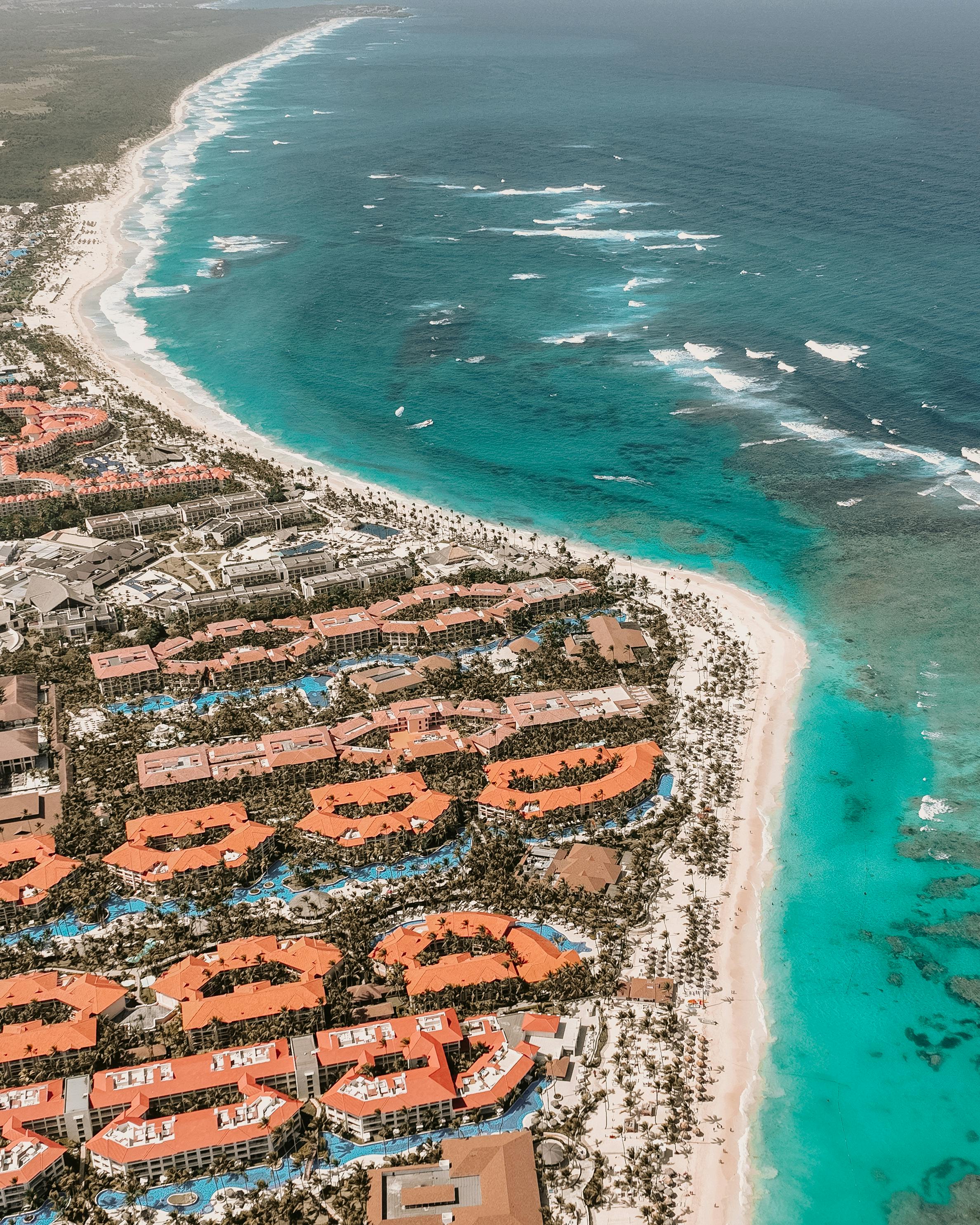What Color Lenses Should You Wear While Skiing? A Pro’s Guide to Optimal Vision on the Slopes
Over the years, my journey with skiing has taught me that success on the slopes often comes down to preparation and the smallest details. My career in the sport has taken me across breathtaking terrains and challenging conditions, from the powdery peaks of Hakuba, Japan, to the demanding courses of European championships. But beyond skill and technique, one factor has always remained constant: clear vision is absolutely essential.
Why Is Lens Color Important for Skiing?
If there’s one thing I’ve consistently emphasized throughout my skiing career—whether coaching beginners or collaborating with Overo on technological advancements—it’s that vision is an athlete’s most valuable asset. The color of your ski goggle lenses transforms the light entering your eyes and deeply affects your perception of the terrain.
Imagine this: the sun is high, and its rays are bouncing mercilessly off bright snow. You’re halfway through a challenging black diamond trail, squinting in frustration because your lenses are too light to handle the glare. Or conversely, you’re skiing in a whiteout and realize with growing anxiety that your dark-tinted lenses have rendered the snow ahead featureless and flat. These scenarios aren’t just inconvenient—they’re dangerous.
Choosing the right lens color for the weather and lighting conditions directly influences contrast, depth perception, and your overall safety. Precision in visual details allows you to better anticipate changes in terrain, adjust your moves, and hit the slopes with confidence.

Breaking Down Lens Colors: What’s Right for You?
Every weather condition or time of day has an ideal lens counterpart. In my years of competitive and recreational skiing, I’ve learned there’s no such thing as a perfect "one-lens-fits-all" solution. Here’s a breakdown of lens color options, optimized through my own experiences and rigorous equipment testing.
1. Bright, Sunny Days: Darker Tints
These days often pair fantastic visibility with blinding glare. When I trained in the Alps in sub-zero midday winter conditions, I relied heavily on brown or gray lenses. They reduce brightness, minimize eye strain, and help me focus on the thrill of the descent.
Best Lens Colors: Brown, gray, dark green
Why: These tints absorb incoming light effectively, cut glare, and provide excellent protection from harmful UV rays.
Pro Tip: Adding polarization can further reduce the snow’s glare, although it may slightly affect your ability to spot icy patches.
2. Overcast or Flat-Light Conditions: Contrast-Enhancing Tints
My memories of navigating low-contrast days in Hakuba, or battling cloudy storms in Colorado, highlight the importance of contrast. You need lenses that "illuminate" the terrain by enhancing shadows and highlights.
Best Lens Colors: Yellow, gold, rose, amber
Why: These colors brighten your environment, boost contrast, and sharpen your perception of features like bumps or dips in the snow.
Pro Tip: Keep these lenses handy in changing conditions—they shine in environments where light can shift quickly.
3. Snowy or Stormy Days: Lighter Tints
I recall the frustration of trudging through turbulent, shadowy conditions with lenses ill-suited for poor visibility. Light tints, or even clear lenses, stand out in these situations by letting in as much light as possible.
Best Lens Colors: Light pink, yellow, clear
Why: When available light is minimal, lighter tints maximize brightness without distorting colors.
Pro Tip: Ensure your lenses have an anti-fog coating for stormy ski runs when temperature shifts exacerbate condensation.
4. Night Skiing: Clear or Minimal Tint
Night skiing holds a special place in my heart; it’s a serene yet thrilling escape. Visibility is already compromised, and lenses with too much tint can deprive you of precious light.
Best Lens Colors: Clear or very light pink
Why: These options preserve the light under artificial slope spots while shielding your eyes from wind and snow particles.
Pro Tip: Consider lenses with integrated anti-reflective properties to ward off glare from floodlights.

What About Prescription Ski Goggles?
As someone who has worked closely with Overo Glasses in designing cutting-edge ski accessories, I can tell you that prescription ski goggles have changed the game for countless skiers. For years, many skiers struggled with the discomfort and impracticality of cramming glasses under goggles. Others found fully customized prescription goggles prohibitively expensive.
This is where Overo Prescription Ski Goggle Inserts step in as a lifesaver. Here’s why I recommend them:
- All-Weather Vision: With Overo’s military-grade anti-fog technology, you’ll never have to pause mid-descent to wipe your lenses clear of condensation.
- Universal Fit: The inserts align with most mainstream ski goggles, meaning you can keep your favorite pair.
- Personalized Lenses: Whether you need to correct myopia, astigmatism, or both, Overo can build lenses tailored to your needs.
- Comfort Beyond Compare: Rather than adjusting glasses that pinch under your helmet or shift mid-jump, inserts provide a stable, snug alternative.
For me, the ability to harness Overo’s eco-friendly yet high-performing inserts was a game-changer. After a run, I’d often forget I was even wearing prescription lenses—they fit seamlessly into my gear.

Beyond the Color: Practical Tips for All Skiers
Once you’ve picked the right lens color, it’s important to ensure your goggles (and inserts, if applicable) stay in top condition for your runs. Through trial, and sometimes error, here are my time-tested pieces of advice:
- Invest in Anti-Fog Protection: Fogging goggles are a skiing nightmare. Overo's inserts alleviate this risk with superior coatings that stand up to extreme conditions.
- Weather Is Dynamic—Be Flexible: Weather can shift from sunny to snowstorm within hours in the mountains. Carry additional lenses or goggles to adapt in real time.
- Fit Matters: Good gear isn’t just optical—it’s comfortable. Goggles that pinch, fog, or shift distract from the joy of skiing.

The Power of Vision: Enhancing Your Passion for Skiing
One lesson life—and skiing—has taught me is this: clarity transforms experiences. From understanding terrain intricacies to fully soaking in the grandeur of alpine peaks, the right vision lets you see the full picture.
At Overo, we believe no one should compromise passion for clarity, especially skiers who rely on prescription eyewear. Our innovative prescription ski goggles are engineered not just to meet your vision needs but to elevate them.
So next time you pack for the slopes, take five minutes to consider the weather forecast, your ski plans, and—most importantly—what lenses will help you perform at your best. After all, why settle for missing the finer details when they’re right in front of you?
Embrace the mountain with confidence and perfect vision. See the slopes more clearly than ever—one turn, one jump, one thrilling run at a time.
Frequently Asked Questions
Why is choosing the right lens color so important for skiing?
The correct lens color enhances contrast, improves depth perception, and ensures your safety on the slopes. Each color is suited to specific weather and light conditions, enabling you to navigate challenging terrain more confidently.
Can I use a single lens for all weather conditions?
While convenient, using a single lens for all conditions isn't ideal. Different lens tints are optimized for varying light and weather scenarios, so it's better to have multiple lens options for optimal performance.
What are the best lenses for low visibility or flat-light conditions?
For low visibility, contrast-enhancing tints like yellow, gold, rose, or amber are ideal. They brighten the environment, enhance terrain features, and help detect bumps or dips in the snow.
What's the benefit of Overo Prescription Ski Goggle Inserts?
Overo inserts provide vision correction without needing to wear glasses under goggles. They boast features like military-grade anti-fog technology, a universal fit with most goggles, and eco-friendly, customized lenses.
How can I prevent my goggles from fogging up?
Invest in goggles with anti-fog technology and coatings. Regular maintenance, such as not wiping the lenses when wet, can also ensure long-lasting clarity. Overo inserts come with premium anti-fog features to mitigate this issue effectively.



Share:
What Color Lenses Should You Wear While Skiing? The Complete 2025 Guide to Clearer Slopes!
8 Essential Tips to Embark on the Ski Bum Lifestyle at 50